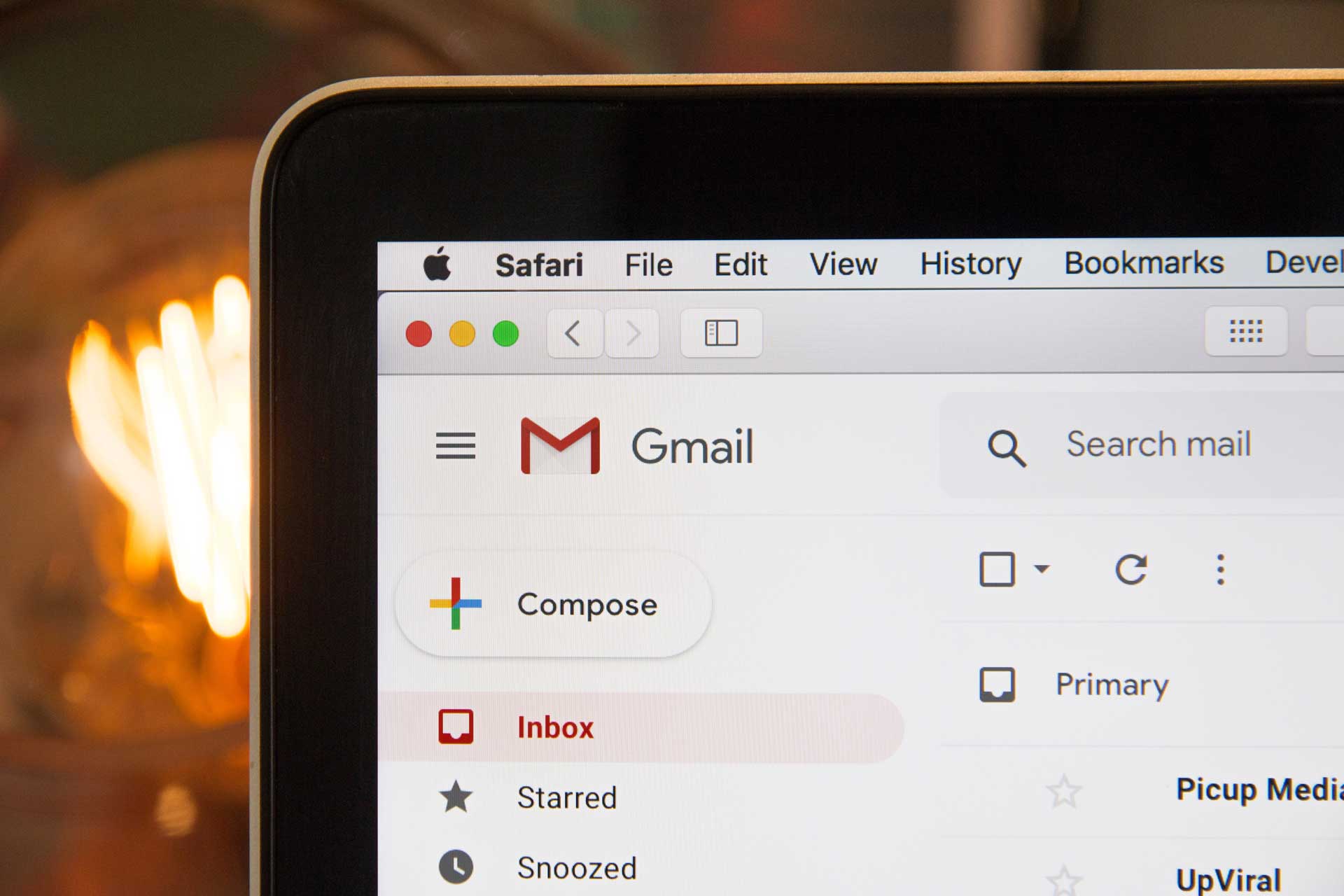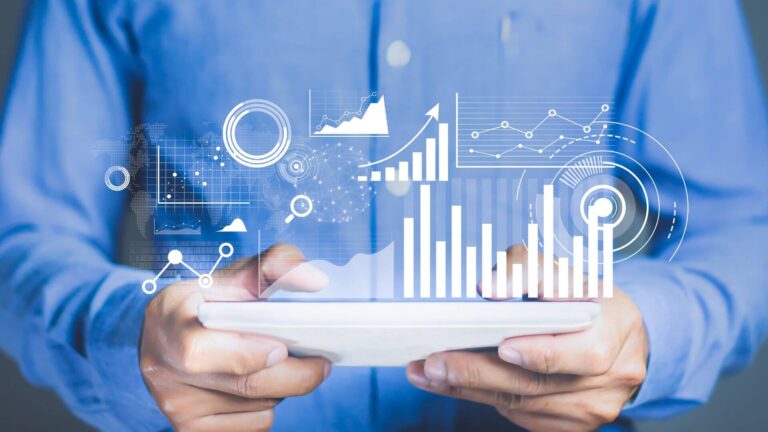Pemasaran Digital melibatkan penggunaan internet untuk menjangkau dan target audiens. Bidang digital marketing sangat luas dan telah mendapatkan berbagai metode pemasaran konten, menarik pelanggan melalui platform seperti email, media sosial, dan lainnya.
Follow us on Instagram

Penjabaran konsep Pemasaran Digital
Jika Anda bertanya-tanya tentang konsep seperti SEO, Analytics, atau optimisasi konten, jangan heran lagi. Anda berada di jalur yang benar (digital). Lihat apa yang saya lakukan di sana? Bagaimanapun, kembali ke urusan serius. Pada artikel ini, saya akan menjelaskan kepada Anda beberapa konsep pemasaran digital yang harus diketahui setiap pemasar.

1. SEO
SEO adalah singkatan dari Search Engine Optimization – opotimisasi mesin pencari. SEO adalah proses menghasilkan konten online dengan tujuan untuk meningkatkan rangking sebagai hasil teratas di mesin pencari seperti Google. Hal ini dicapai dengan mengikat konten dengan kata kunci yang merupakan istilah atau kata populer yang digunakan konsumen (lebih dari target audiens Anda) saat melakukan pencarian di mesin pencari. Dalam rincian paling dasar, SEO melibatkan mesin pencari, Anda (brand), dan pencari. Karena mesin telusur sering menyempurnakan algoritme mereka untuk memberikan pengalaman penelusuran yang lebih baik bagi konsumen, SEO semakin menjadi bidang yang sangat terspesialisasi. Salah satu keuntungan utama dari SEO adalah bahwa mereka mengarah pada tingkat penutupan yang
lebih tinggi. Laporan statistik telah mengungkapkan bahwa tingkat penutupan rata-rata 14% berasal dari SEO. Selain itu, pengoptimalan mesin telusur menurunkan biaya perolehan prospek sebesar 61% seperti yang dilaporkan oleh Search Engine Journal. Ini karena ketika Anda sudah berada di antara hasil teratas di mesin pencari (peringkat), Anda tidak perlu melakukan periklanan seperti bayar per klik. Dengan demikian, biaya iklan Anda berkurang.
2. PPC
klan Bayar Per Klik adalah jenis pemasaran online yang melibatkan penempatan Iklan online secara strategis dan membayar biaya hanya ketika iklan itu diklik oleh pengunjung. Sederhananya, ketika pengunjung mengklik iklan tersebut maka bisnis Anda akan dikenakan biaya tertentu. Biaya ini dikenal sebagai Biaya per Klik (BPK). Alih-alih menarik kunjungan ke situs web Anda secara organik, ini adalah cara alternatif untuk membeli kunjungan ke situs web Anda. BPK rata-rata berkisar dari $ 1- $ 2. Namun, beberapa dapat berharga sesedikit beberapa sen sementara yang lain lebih dari $ 50. Iklan bergambar dan video dikenai biaya berdasarkan CPM (biaya per 1000 tayangan). Di sinilah Anda dikenai biaya untuk menampilkan iklan Anda 1000 kali, berapa kali pun iklan itu diklik. Pemasar menggunakan iklan PPC untuk keuntungan dapat secara khusus menargetkan iklan Anda ke pasar target tertentu. Dengan begitu, peluang mendapatkan klik, dan kemungkinan penjualan meningkatkan nilai Pengembalian Investasi yang telah Anda belanjakan.
3. Pemasaran Mobile
Ini adalah bentuk pemasaran lain yang ditujukan untuk menjangkau audiens target di ponsel cerdas, tablet, dan / atau perangkat lain mereka. Konsumen sering kali dihubungi melalui email, media sosial, aplikasi, situs web, SMS, dan MMS. eMarketer memperkirakan bahwa pada tahun 2022, audiens khusus seluler di Amerika Serikat akan tumbuh hingga 55,7 juta. Selain itu, Adweek juga memprediksikan 79% pengguna smartphone telah membawa ponsel mereka setidaknya selama 2 jam sehari. Ini berkontribusi pada salah satu keuntungan terbesar dari pemasaran seluler yang berpotensi membuat iklan Anda menjadi viral. Misalnya, jika konsumen menerima iklan Anda untuk diskon 20% dari produk / layanan Anda, dorongan pertama mereka adalah mengambil kesepakatan itu.
Dorongan kedua mereka kemudian adalah membagikannya dengan kontak mereka (teman dan keluarga) sehingga mereka juga menikmati kesepakatan itu. Tindakan ini akan mengarah pada peningkatan penjualan dan juga mengarah pada kesadaran brand lebih dan berpotensi, loyalitas pelanggan. Ini terutama benar jika penawaran dan diskon promosi Anda konsisten. Contoh yang bagus dari ini adalah Beli Satu Dapat satu hari Pizza Gratis setiap minggu oleh Toko Pizza.


4. Pemasaran Email
Ini adalah penggunaan email untuk mempromosikan produk / layanan Anda, serta mendorong loyalitas pelanggan. Pemasaran email adalah peluang besar untuk mendidik pelanggan yang ada dan calon pelanggan tentang fitur produk / layanan Anda. Pelanggan yang menjadi bagian dari milis Anda selalu dapat diberi tahu tentang produk / layanan baru. Pemasar sering menggunakan pemasaran surat karena ini adalah cara agar konsumen secara teratur mendapat informasi tentang acara, promosi, dan tip berguna. Bagi Anda untuk membuat milis, Anda harus terlebih dahulu mendapatkan persetujuan dari konsumen. Ini dapat dilakukan dengan mendorong konsumen untuk mendaftar ke buletin / peringatan Anda. Ketika konsumen dengan sukarela mendaftar untuk itu, maka itu adalah indikasi ketertarikan yang jelas yang berpotensi diubah menjadi penjualan. Tidak heran jika laporan DMA 2019 mengungkapkan bahwa untuk setiap $ 1 yang dihabiskan untuk pemasaran email, pengembalian investasi (ROI) sebesar $ 42 harus diharapkan.
5. Analytics
Istilah ini mengacu pada platform atau alat yang memeriksa data. Data tersebut sering kali dikumpulkan dari aktivitas pemasaran online Anda dari platform seperti situs web atau halaman media sosial Anda. Contoh analisis digital ini termasuk (tetapi tidak terbatas pada), produk lintas-channel DemandJump, Google Analytics, CrazyEgg, dan HubSpot. Analytics hanya memahami data Anda. Sebagai pemasar, dimungkinkan untuk memanfaatkan analitik individu dari situs-situs seperti Twitter dan Facebook. Keuntungan dari analytics adalah memberikan wawasan tentang kinerja brand Anda di ruang digital. Misalnya, jika Anda beriklan di Facebook, analitik dapat menunjukkan kelompok usia dan lokasi geografis konsumen yang sebagian besar menunjukkan minat pada produk / layanan Anda. Ini akan memberikan antara usia dan lokasi target audiens Anda. Wawasan ini juga dapat membantu Anda lebih memahami pelanggan Anda dan apa yang mereka sukai dari Anda. Ini berlaku untuk pelanggan yang sudah ada dan calon pelanggan. Informasi tersebut akan berguna saat Anda perlu melakukan tugas tertentu seperti segmentasi. Analytics juga biasanya digunakan untuk mengukur keterlibatan pelanggan yang terjadi di kampanye Anda.
6. Pemasaran influencer
Pemasaran Influencer adalah jenis pemasaran yang menggunakan dukungan dan penyebutan produk Anda dari influencer. Menurut definisi, influencer adalah individu yang memiliki pengikut sosial (di platform media sosial seperti Youtube, Pinterest, Snapchat, Facebook, dan Instagram). Mereka memiliki kekuatan untuk meningkatkan minat pada produk / layanan Anda di antara audiens mereka. Pemasar sering menggunakan bentuk pemasaran ini karena pemberi pengaruh sosial menghabiskan banyak waktu untuk membangun pengikut mereka. Dengan demikian, konsumen yang mengikuti influencer tertentu akan lebih mempercayai rekomendasi / rujukan mereka terhadap produk / layanan tertentu lebih dari iklan brand Anda. Pemasaran influencer memungkinkan Anda menjangkau jenis audiens tertentu sekaligus mendapatkan kepercayaan dan minat mereka. Hal ini mengarah pada kesadaran brand yang meningkat atau lebih baik. Keuntungan tambahan lain dari pemasaran influencer adalah mayoritas influencer sudah menjadi pembuat konten.

Dengan demikian, seorang influencer dapat berkontribusi pada pemasaran konten brand Anda. Statistik menunjukkan bahwa untuk setiap $ 1 yang dihabiskan untuk pemasaran influencer, menghasilkan $ 5,20, ROI yang cukup menarik bukan?
7. Media Sosial Berbayar
Dikenal juga sebagai iklan media sosial, Media Social Berbayar disebut demikian karena brand membayar sejumlah uang sesuai kebutuhan ke platform media sosial seperti Facebook, Twitter, LinkedIn, dan lainnya. Mereka membayar platform ini agar konten dan halaman media sosial mereka dibagikan kepada audiens (target) tertentu yang kemungkinan besar tertarik dengan produk / layanan mereka. Ini mirip dengan pemasaran influencer, tetapi dengan perbedaan pembayaran dilakukan ke platform media sosial alih-alih langsung ke influencer. Tanpa iklan media sosial berbayar, ada kemungkinan Anda hanya menjangkau sebagian kecil konsumen di media sosial. Statista melaporkan bahwa tayangan iklan sosial hingga 20% (lebih banyak konsumen melihat iklan di media sosial yang menegaskan bagaimana media sosial berbayar itu menguntungkan.

8. Optimisasi Konten
Ingat penyebutan kata kunci sebelumnya? Dari sinilah optimiasai konten bermula. Pengoptimalan konten melibatkan produksi konten yang berpotensi mencapai persentase terbesar dari audiens target Anda. Mengoptimalkan konten melibatkan penggunaan kata kunci tertentu, termasuk deskripsi Meta, serta tautan yang relevan. Konten informatif yang menarik, dan berkualitas tinggi memang bagus, tetapi penting untuk memperhatikan pengoptimalannya. Pengoptimalan konten secara langsung mengarahkan Anda ke SEO yang lebih baik yang pada gilirannya mengarah ke peringkat yang lebih baik. Ini juga berkontribusi pada keterlibatan yang lebih baik dengan konsumen, atau lebih tepatnya pelanggan potensial. Ini terutama benar jika konten Anda menjangkau audiens yang ditargetkan.
Sebagai pemasar, penting untuk mengetahui fakta bahwa sebagian besar konsep pemasaran sering kali bekerja lebih baik jika digabungkan. Misalnya, pemasaran influencer akan bekerja dengan baik dengan pengoptimalan konten. Saat Anda membayar influencer untuk merekomendasikan produk / layanan Anda, konsumen yang dialihkan ke situs web / halaman media sosial Anda kemudian akan termotivasi untuk melakukan pembelian. Untuk memaksimalkan jangkauan audiens target, pengoptimalan konten bersama dengan pemasaran influencer. Meskipun Anda memperoleh lalu lintas dari pemasaran influencer, Anda juga akan memperoleh keuntungan dari “secara organik” menjangkau audiens Anda. Analisis dapat digunakan untuk memantau kemajuan dan menghitung laba atas investasi.
Blog
Recent Posts
Blog
Artikel Terbaru

Konten

Pemasaran Digital





Recent Comments